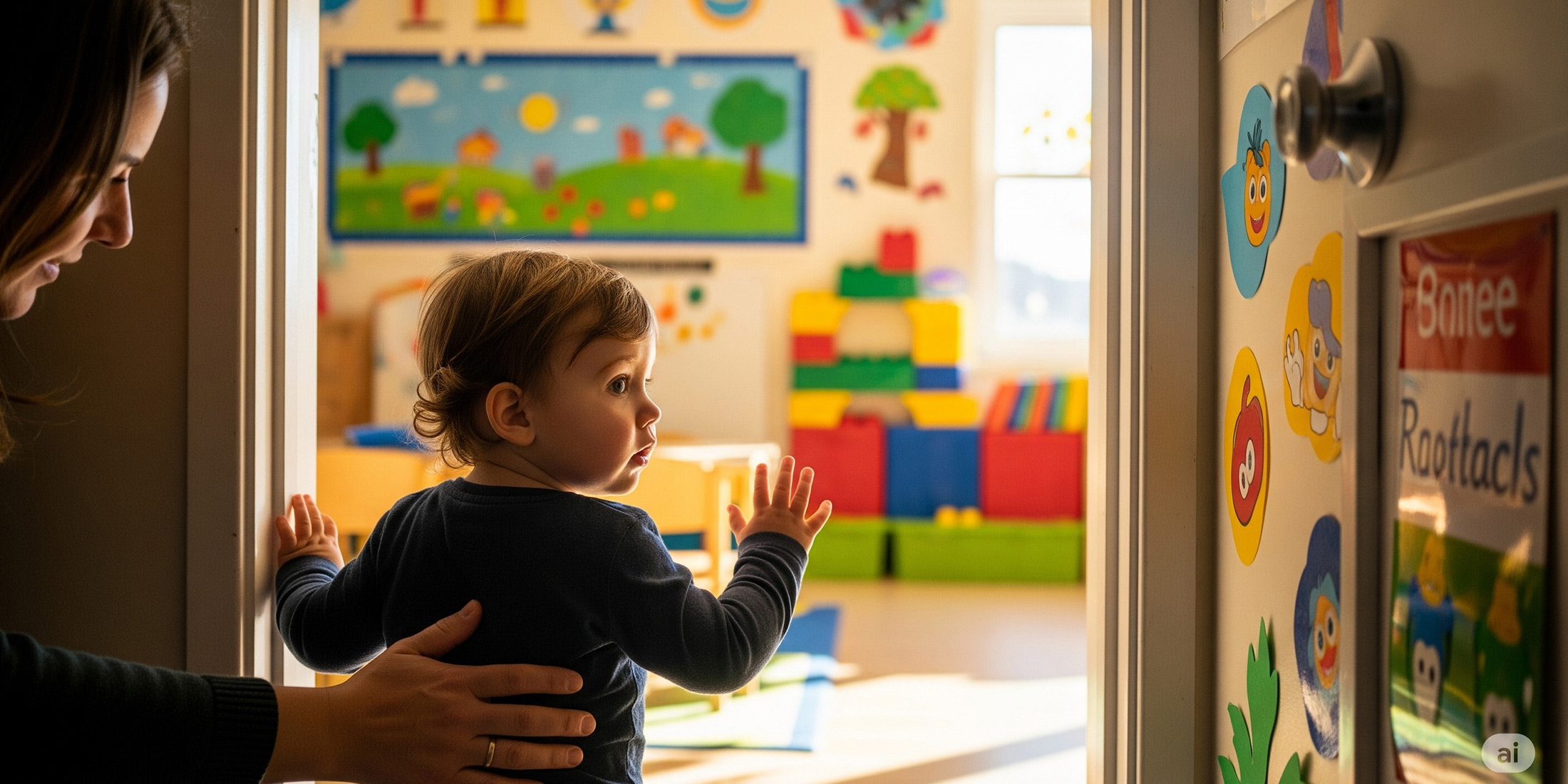
From Home to Classroom: A Toddler’s First Learning Experience
The transition from the familiar comfort of home to the vibrant, bustling environment of a classroom is a monumental step in a toddler’s life. For many children between the ages of 1.5 and 3.5, this marks their first formal learning experience beyond the family unit. It’s a journey filled with wonder, a dash of apprehension, and incredible growth. Understanding this transition can help parents prepare both themselves and their little ones for this exciting new chapter.
The Familiarity of Home
Before stepping into a classroom, a toddler’s world is largely defined by their home environment. Learning happens organically: through interactions with parents and caregivers, exploring toys, mimicking daily routines, and simply observing the world around them. This “home-based learning” is rich with personalized attention and the security of familiar faces and spaces. The primary caregivers are the child’s first and most influential teachers, setting the foundation for trust and a love of discovery.
The Bridge to the Classroom
Entering a classroom introduces a new dimension to a child’s learning. It’s often their first sustained exposure to a larger group of peers and non-family adults. This transition is less about strict academics and more about developing crucial social-emotional skills, independence, and group participation.
Here’s what this first learning experience often entails:
A New Social Landscape: At home, a toddler might be the center of attention. In a classroom, they learn to share, take turns, and interact with other children. This is where parallel play (playing alongside others) gradually evolves into associative play (playing together but without a common goal) and eventually cooperative play (playing together with a shared objective).
Structured Routines: Unlike the flexible flow of home life, classrooms operate on routines. This helps toddlers develop a sense of predictability and security. They learn to anticipate activities like circle time, snack time, and outdoor play, which builds self-regulation and organizational skills.
Guided Exploration: While home offers boundless free play, classrooms introduce a wider array of age-appropriate materials and purposeful activities. Teachers facilitate exploration with building blocks, sensory tables, art supplies, and musical instruments, each designed to foster specific developmental milestones.
Building Independence: From hanging up their backpack to choosing a play activity, toddlers in a classroom are encouraged to make small decisions and manage more of their own needs. This fosters self-reliance and confidence.
Developing Language and Communication: Being immersed in a language-rich environment with both peers and adults exposes toddlers to new vocabulary, conversational exchanges, and different ways of expressing themselves. This accelerates language acquisition and communication skills.
Learning from Others: Observing other children and teachers provides toddlers with new models for behavior, problem-solving, and social interaction. They learn through imitation and collaboration.
Making the Transition Smooth
Parents play a vital role in supporting this exciting shift:
Positive Talk: Speak enthusiastically about the “big kid school” and all the fun activities.
Visits and Familiarization: If possible, visit the classroom with your child before the start date to help them get acquainted with the space and teachers.
Practice Separation: Gradually introduce short periods of separation from your child with trusted caregivers to build their comfort.
Trust the Process: There might be tears or resistance initially, which is normal. Trust the teachers and the program to help your child adjust. Consistency is key.
The journey from home to classroom is a significant developmental leap. It’s a step where toddlers begin to truly spread their wings, learning not just facts, but also invaluable social, emotional, and cognitive skills that will serve as the foundation for their entire educational journey. It’s a testament to their growing independence and curiosity, marking the beginning of a lifelong adventure in learning.
